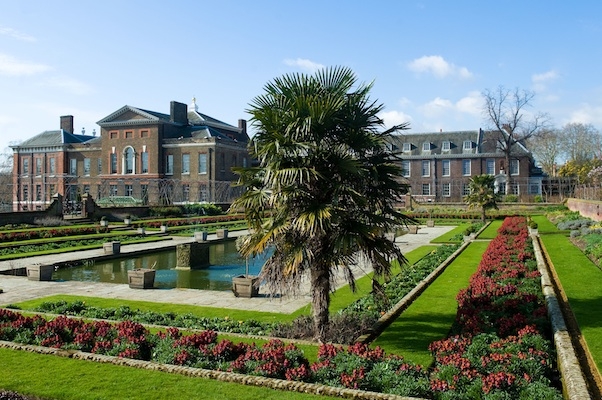Like Nostradamus, the vision is flickering but I believe I have glimpsed the future — at least, the future look of garden and landscape design. I wonder whether, in these dark times, we are at the threshold of a new enlightened age.
There were two great moments in the history of garden and landscape design: the first was the introduction of naturalistic planting pioneered by William Robinson and Gertrude Jekyll towards the end of the 19th century; and second, before that, in the first half of the 18th century, the landscape movement as exemplified by William Kent and Capability Brown.
Both movements — ‘game-changers’ at the time — were preceded by events not dissimilar to those which we have recently experienced: a severe financial crisis and what one might call ‘cultural bloat’.
In 1720 the South Sea Bubble burst, fortunes were lost and the reputations of many people and institutions were ruined. Even the great rationalist Isaac Newton, well aware of the folly of it at the time, speculated and lost heavily. But from the rubble, something new and potent emerged — indeed my own Lutyens ancestors, incoming German economic migrants, did very well.
Around 1700, gardens were formal and labour-intensive — Badminton, Boughton and Hampton Court — with lots of gravelled parterres, clipped lawns, hedges and fantastical topiary. Further out, broad, straight avenues marched to the horizon and beyond. This was ‘power gardening’: a physical expression of the subjection of nature to the will of man, or rather, to the will of a few rich and powerful men. Yet within a few years, much of this had gone, swept aside by a green tide of lawns grazed by sheep and cattle that rolled right up to the windows of the houses themselves.








Comments
Join the debate for just £1 a month
Be part of the conversation with other Spectator readers by getting your first three months for £3.
UNLOCK ACCESS Just £1 a monthAlready a subscriber? Log in